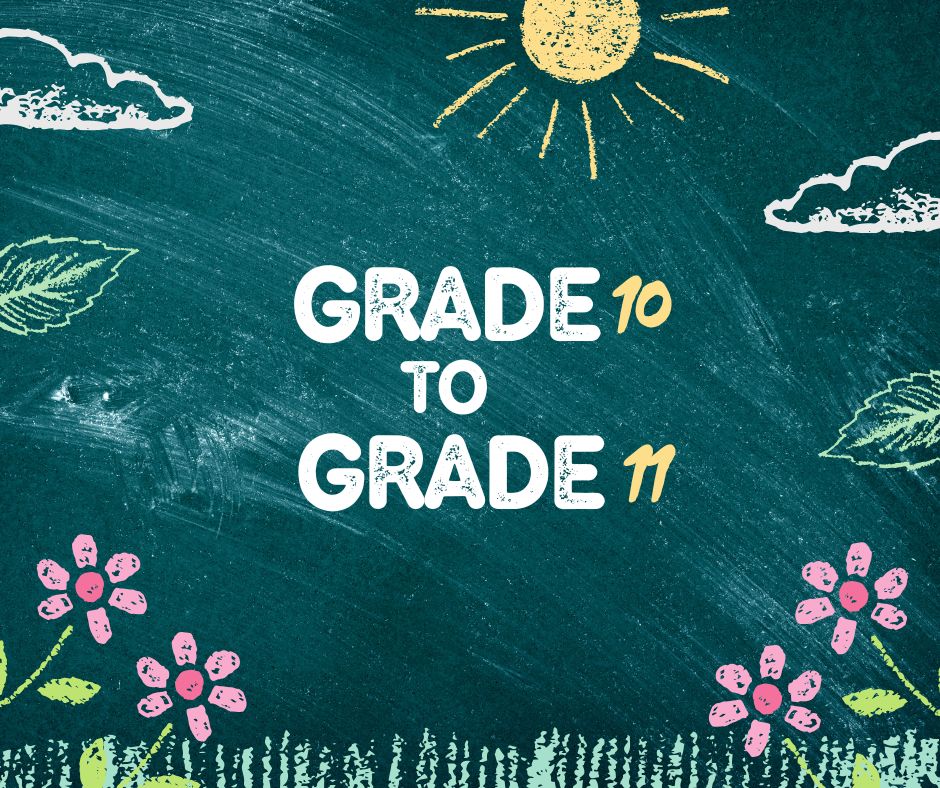
The jump from Grade 10 to Grade 11 math in Ontario is often the first time students encounter truly advanced concepts. For many, it’s when math starts to feel more abstract, faster-paced, and challenging. This transition is crucial because success in Grade 11 lays the foundation for Grade 12 math and ultimately university opportunities.
In this guide, we’ll discuss how students can successfully transition from Grade 10 to Grade 11 math, strategies for overcoming challenges, and how one-on-one tutoring in Ontraio can support students during this critical period.
1. Understanding the Shift from Grade 10 to Grade 11
Grade 10 math focuses on consolidating key skills like algebra, geometry, and basic functions. Grade 11, however, introduces:
- Advanced Functions (MCR3U): Exploring polynomial, exponential, and trigonometric functions.
- Trigonometry: Studying angles, sine, cosine, and tangent in depth.
- Sequences and Series: Understanding patterns and their applications.
- Problem-solving and analytical thinking: Applying multiple concepts to complex problems.
This shift requires students to not only understand individual topics but also integrate them into broader problem-solving scenarios.
2. Identify Knowledge Gaps Early
The key to a smooth transition is recognizing any gaps from previous years. Students should:
- Review Grade 10 topics thoroughly, including algebraic manipulation, graphing, and basic functions.
- Solve sample problems from previous Grade 10 exams.
- Seek help on concepts that feel shaky before they become obstacles in Grade 11.
A tutor can quickly assess areas of weakness and provide targeted lessons, ensuring students start Grade 11 with confidence.
3. Develop Strong Study Habits
Success in Grade 11 is as much about study habits as it is about understanding content. Encourage students to:
- Set a regular schedule for math practice.
- Break problems into smaller steps rather than attempting to solve everything at once.
- Keep organized notes and formula sheets for easy reference.
Consistency is essential. Regular, focused study prevents gaps from forming and reduces stress during exams.
4. Embrace Active Learning
Grade 11 concepts require more than passive memorization. Students should:
- Explain concepts aloud to themselves or others to reinforce understanding.
- Use visual aids like graphs and diagrams to conceptualize problems.
- Work on applied problems that connect math to real-world scenarios.
Active engagement strengthens understanding and builds problem-solving confidence.
5. Practice Strategically
Practice is crucial in math, but the quality of practice matters. Students should:
- Focus on areas of weakness, not just the topics they already understand.
- Simulate exam conditions to improve time management and reduce anxiety.
- Review mistakes carefully to understand misconceptions and correct them.
6. Seek Support When Needed
Even strong students can benefit from extra guidance during this transitional year. One-on-one tutoring provides:
- Personalized lessons tailored to the student’s learning style.
- Step-by-step explanations of difficult topics like functions, trigonometry, or sequences.
- Practice problems and mock exams to build confidence and readiness.
Tutors in Ontario are familiar with Ontario’s curriculum which can help students bridge the gap between Grade 10 and Grade 11 successfully.
7. Maintain a Positive Mindset
Confidence is key. Encourage students to:
- Focus on progress rather than perfection.
- Celebrate small victories, like mastering a new function or solving a challenging problem.
- Approach challenges with curiosity instead of fear.
A positive mindset helps students stay motivated and resilient throughout the school year.
Final Thoughts
The transition from Grade 10 to Grade 11 math is a pivotal moment in a student’s academic journey. By reviewing foundational concepts, developing strong study habits, practicing strategically, and seeking personalized tutoring when needed, students can navigate this shift with confidence.
Parents can play an active role by providing encouragement and support, while tutors can ensure students receive the personalized attention they need to succeed. With the right strategies in place, Grade 11 can be a year of growth, mastery, and preparation for future success in Grade 12 and beyond.
[mc4wp_form id="8"]



